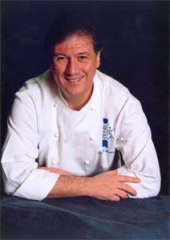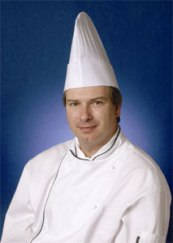Seafood’s Impressive Comeback
Courtesy of The Perishables Group
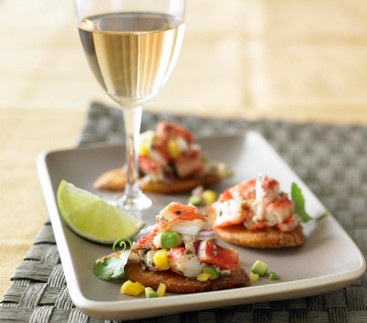 With the recent fluctuation in seafood sales and the oil spill in the Gulf, how the industry will fare this year is difficult to predict. But one thing’s for sure: Eating healthier is driving increased interest in seafood.
With the recent fluctuation in seafood sales and the oil spill in the Gulf, how the industry will fare this year is difficult to predict. But one thing’s for sure: Eating healthier is driving increased interest in seafood.
The seafood industry suffered during the onset of the recession in 2008, but it came back in a big way in 2009.
While other fresh ingredients benefited from the boost in sales spurred by people cooking at home more often in 2008, the seafood business took a hit. The only notable bright spots occurred in catfish and lobster, which people stocked up on after the lobster industry experienced an oversupply.

 Rising culinary star Michael Matarazzo, the U.S.A.’s Chef of the Year™ for 2010 by the American Culinary Federation, is merely grateful to still be learning.
Rising culinary star Michael Matarazzo, the U.S.A.’s Chef of the Year™ for 2010 by the American Culinary Federation, is merely grateful to still be learning. Although a common vision for your curriculum takes patience, careful listening and explaining to many audiences, it can excite everyone to contribute and revitalize your program.
Although a common vision for your curriculum takes patience, careful listening and explaining to many audiences, it can excite everyone to contribute and revitalize your program.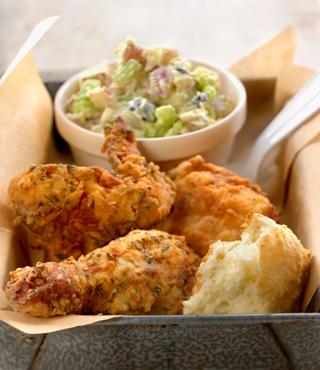 A Guide to Choosing What’s Right for Your Kitchen
A Guide to Choosing What’s Right for Your Kitchen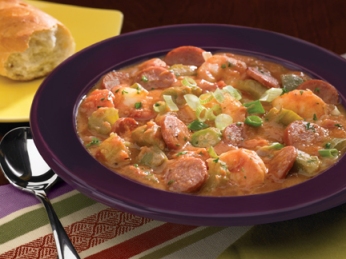 Says Chef Weiner, using firm-cooked sausage to teach the technique of braising can be accomplished within a short class time and brings the concept home to students.
Says Chef Weiner, using firm-cooked sausage to teach the technique of braising can be accomplished within a short class time and brings the concept home to students. Defining “sustainable food” is not a black-and-white issue like water and energy conservation or waste-stream reduction. The decisions are value judgments that are unique to each individual.
Defining “sustainable food” is not a black-and-white issue like water and energy conservation or waste-stream reduction. The decisions are value judgments that are unique to each individual.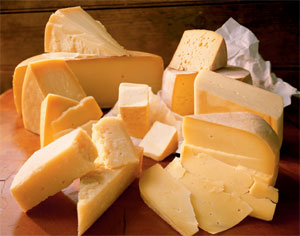 Since 2001, cheese was the No. 1 ingredient added to the menus of the top 200 restaurant chains in the appetizers, entrees, salads and sandwiches categories. Attached as a PowerPoint presentation is a complete lesson plan on teaching the menu power of cheese, particularly those cheeses made in Wisconsin, from the standpoints of flavor, identification, grading, menu trends and marketing. The lesson plan is easily customizable with the removal or addition of slides to fit your needs.
Since 2001, cheese was the No. 1 ingredient added to the menus of the top 200 restaurant chains in the appetizers, entrees, salads and sandwiches categories. Attached as a PowerPoint presentation is a complete lesson plan on teaching the menu power of cheese, particularly those cheeses made in Wisconsin, from the standpoints of flavor, identification, grading, menu trends and marketing. The lesson plan is easily customizable with the removal or addition of slides to fit your needs.